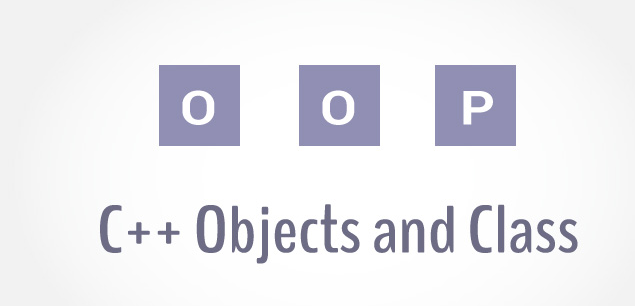Enumeration in C++
Enumeration in C++
An enumeration is a user-defined data type that consists of integral constants. To define an enumeration, keyword enum is used.
enum season { spring, summer, autumn, winter };
Here, the name of the enumeration is season.
And, spring, summer and winter are values of type season.
By default, spring is 0, summer is 1 and so on. You can change the default value of an enum element during declaration (if necessary).
enum season
{ spring = 0,
summer = 4,
autumn = 8,
winter = 12
};
Enumerated Type Declaration
When you create an enumerated type, only blueprint for the variable is created. Here's how you can create variables of enum type.
enum boolean { false, true };
// inside function
enum boolean check;
Here, a variable check of type
enum boolean is created.
Here is another way to declare same check variable using different syntax.
enum boolean
{
false, true
} check;
Example 1: Enumeration Type
#include <iostream>using namespace std;enum week { Sunday, Monday, Tuesday, Wednesday, Thursday, Friday, Saturday };int main(){week today;today = Wednesday;cout << "Day " << today+1;return 0;}
Output
Day 4
Example2: Changing Default Value of Enums
#include <iostream>using namespace std;enum seasons { spring = 34, summer = 4, autumn = 9, winter = 32};int main() {seasons s;s = summer;cout << "Summer = " << s << endl;return 0;}
Output
Summer = 4
Why enums are used in C++ programming?
An enum variable takes only one value out of many possible values. Example to demonstrate it,
#include <iostream>using namespace std;enum suit {club = 0,diamonds = 10,hearts = 20,spades = 3} card;int main(){card = club;cout << "Size of enum variable " << sizeof(card) << " bytes.";return 0;}
Output
Size of enum variable 4 bytes.
It's because the size of an integer is 4 bytes.;
This makes enum a good choice to work with flags.
You can accomplish the same task using C++ structures. However, working with enums gives you efficiency along with flexibility.
How to use enums for flags?
Let us take an example,
enum designFlags {ITALICS = 1,BOLD = 2,UNDERLINE = 4} button;
Suppose you are designing a button for Windows application. You can set flags ITALICS, BOLD and UNDERLINE to work with text.
There is a reason why all the integral constants are power of 2 in above pseudocode.
// In binary ITALICS = 00000001 BOLD = 00000010 UNDERLINE = 00000100
Since, the integral constants are power of 2, you can combine two or more flags at once without overlapping using bitwise OR | operator. This allows you to choose two or more flags at once. For example,
#include <iostream>using namespace std;enum designFlags {BOLD = 1,ITALICS = 2,UNDERLINE = 4};int main(){int myDesign = BOLD | UNDERLINE;// 00000001// | 00000100// ___________// 00000101cout << myDesign;return 0;}
Output
5
When the output is 5, you always know that bold and underline is used.
Also, you can add flag to your requirements.
if (myDesign & ITALICS) {
// code for italics
}
Here, we have added italics to our design. Note, only code for italics is written inside the if statement.
You can accomplish almost anything in C++ programming without using enumerations. However, they can be pretty handy in certain situations. That's what differentiates good programmers from great programmers




Comments
Post a Comment